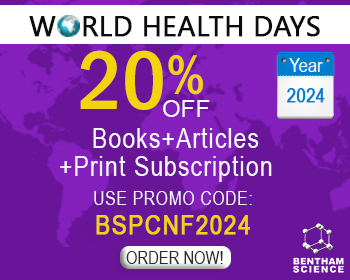Abstract
Systemic sclerosis (SSc) is characterized by activation of fibroblasts with extensive deposition of collagen, by small vessel vasculopathy with fibrointimal proliferation, and activation of the immune system, with hyper-γ- globulinaemia and autoantibodies. Twin studies have shown that genetic factors play a minor role in SSc development. Serum autoantibodies and skin lymphocytic infiltrates and small vessel damage occur very early before the appearance of skin fibrosis. T cells can cause fibrosis and vasculopathy through cell-cell contact and cytokines. They produce TH2 cytokines (IL-4, IL13) and TH17 cytokines (IL-17), which are profibrotic. TH2 cells in experimental models also induce pulmonary arterial hypertension. Genetically engineered TGFβ expression in pig arteries causes fibrointimal proliferation. T cells in skin lesions exhibit oligoclonality that persists over time, which indicates an antigen-driven T cell activation, but the antigen(s) responsible are not known. There are known environmental factors that can elicit an immune response and cause a SSc-like disease. T cells also provide help for B cells. B cells can contribute to fibrosis and vasculopathy through cytokines and autoantibodies. Autoantibodies can activate endothelial cells and fibroblasts to a profibrotic phenotype. Finally, treatments directed against T cells and B cells show promising effects in SSc.
Keywords: Systemic sclerosis, T-cells, B-cells, autoantibodies, small vessel vasculopathy, fibrointimal proliferation, hyper-γ-globulinaemia, cytokines (IL-4, IL13), TH17 cytokines (IL-17), engineered TGFβ expression, SSc-like disease, chronic autoimmune disease, Raynaud's phenomenon, pulmonary arterial hyper-tension (PAH), monozygotic twins, TH17 type (IL-17), IL-6 plus OX40/OX40L axis inhibit T-regulatory cells, antigen-driven proliferation, anti-fibroblast antibo-dies, anti-endothelial cell antibodies, anti-platelet-derived growth factor (PDGF), anti-DNA topoisomerase I, anti-centromere antibodies, anti-fibrillin-1 antibodies, anti-topo-I Abs, murine topoisomerase, Anti-CMV antibodies, fibrogenic phenotype, TGFβ-dependent, CCL2 (MCP-1), Anti-topo I autoantibodies, ICAM-1, Anti-PDGF, Anti-endothelial cell, VASCULOPATHY, Aspergillus fumigatus antigen, Anti-angiotensin II type-1, Allograft inflammatory factor-1 (AIF-1), tight-skin mouse, Tight-skin (TSK) mouse, Lymphocyte infiltrates, anti-CD20, Bleomycin-Induced, CD40L, (TLR)-4, LPS, Chronic Graft-versus-Host Induced, anti-PDGFR, GVHD, B10.D2, BALB/c, anti-Scl-70, (UCD) Chickens, vascular occlusion, perivascular lymphocytic, haematopoietic stem cell transplantation (HSCT), signal transduction, bleomycin-induced fibrosis, Anti-TNFα








